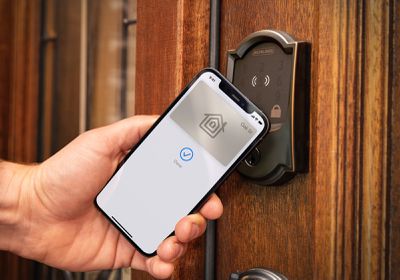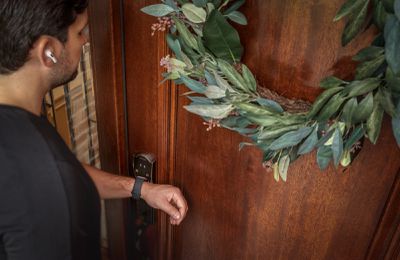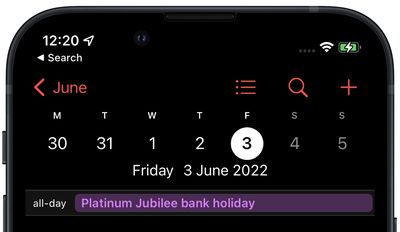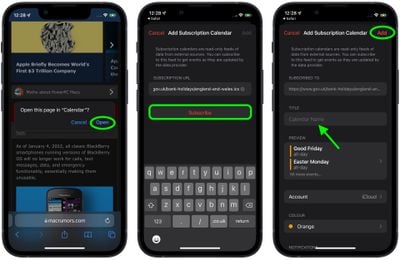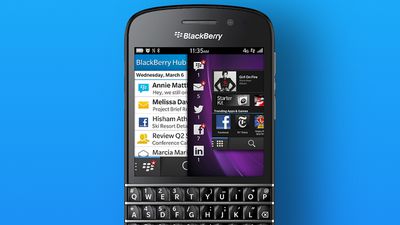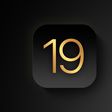Verizon today announced plans to expand its 5G Ultra Wideband technology to more than 100 million people across 1,700 cities in the United States, offering 5G speeds that are up to 10x faster than 4G LTE speeds and that can hit up to one gigabit per second.

According to Verizon, "nearly one in three Americans" will be living in areas where faster 5G speeds are available, but while the technology is coming to 1,700 cities, it's worth noting that it will be limited to select areas.
Apple's 5G iPhone 12 and iPhone 13 models are able to take advantage of Verizon's 5G Ultra Wideband technology, but an appropriate Verizon plan is required. Not all of Verizon's plan offerings include 5G UW speeds.
Ahead of 5G Ultra Wideband expansion, Verizon is updating its unlimited phone plans. As of January 5, the 5G Get More, 5G Play More, and 5G Do More plans will offer speeds up to 10x faster, and the highest-tier plan, the 5G Get More plan, now features unlimited premium data. It was previously capped at 50GB per month. Lower tier plans will not include the fastest 5G connection speeds.
Verizon's 5G expansion announcement comes as AT&T and Verizon have both agreed to delay the C-band spectrum launch that will enable the rollout of the faster speeds. The Federal Aviation Administration has asked the cellular carriers to hold off until January 19, after previously asking them to delay deployment until January 5.
The new agreement is designed to ensure there will be few disruptions to air operations when the C-band spectrum is deployed, as it gives the FAA and FCC more time to prepare. AT&T and Verizon initially balked at further delays for the C-band rollout because the deployment was already pushed back a month, but have agreed to one further two week delay. AT&T and Verizon have been assured that they will be allowed to deploy their new 5G wireless networks later this month.


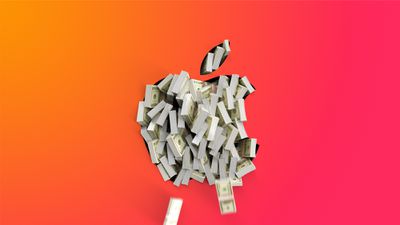
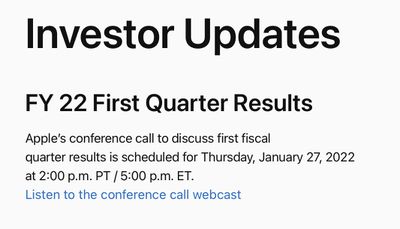

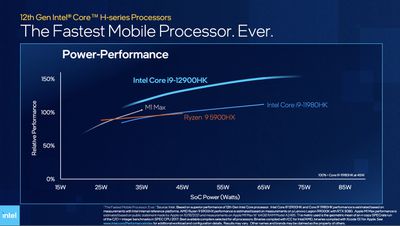
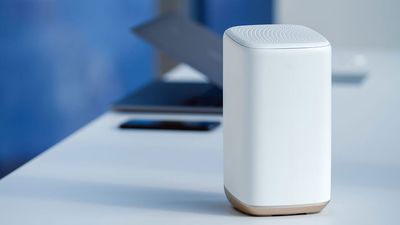
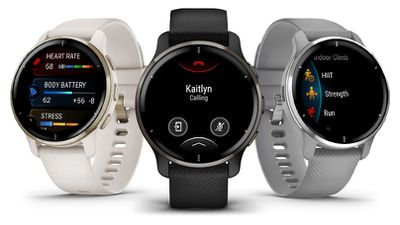
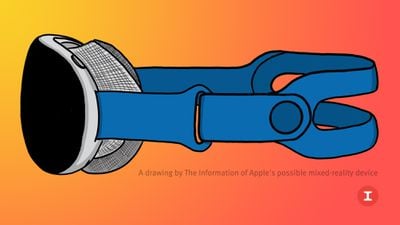


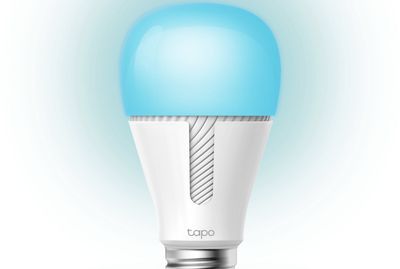



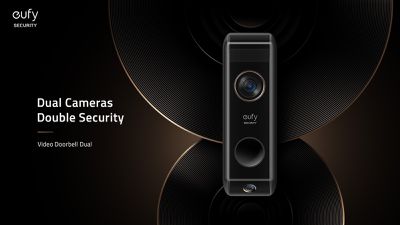
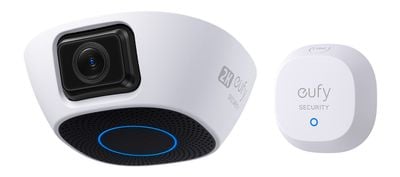
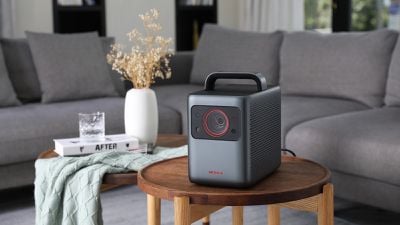
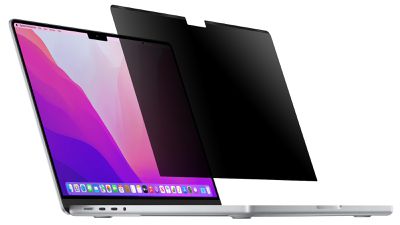

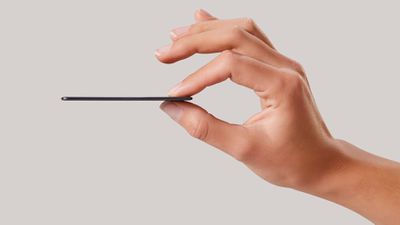

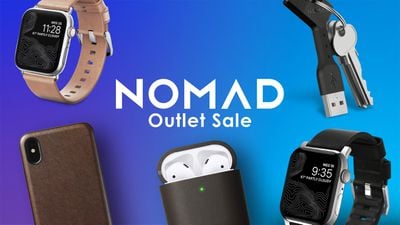 Note: MacRumors is an affiliate partner with Nomad. When you click a link and make a purchase, we may receive a small payment, which helps us keep the site running.
Note: MacRumors is an affiliate partner with Nomad. When you click a link and make a purchase, we may receive a small payment, which helps us keep the site running.